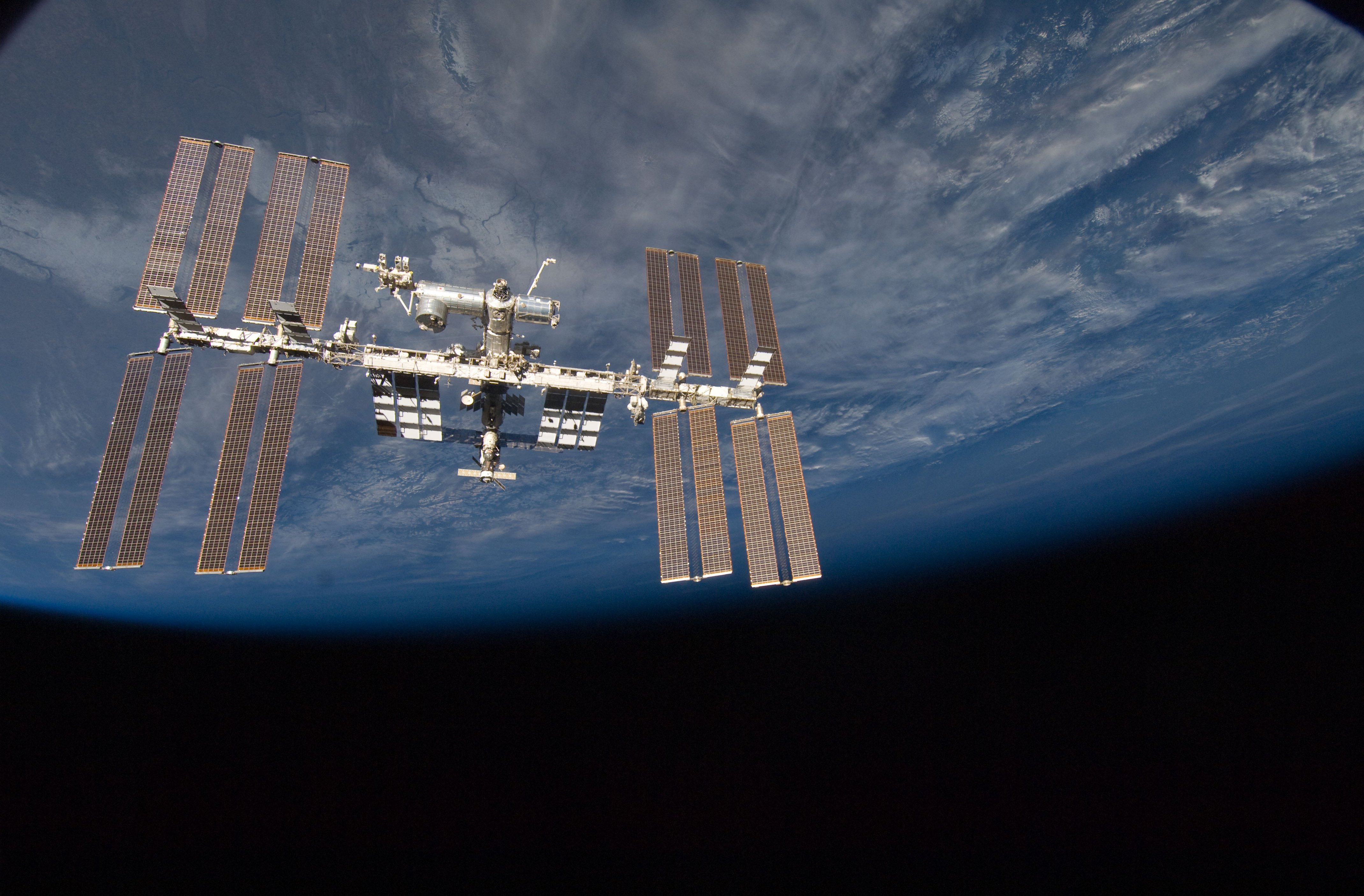Private Astronauts Could Spend a Month in Space Under New NASA Plan

As part of its new plan to encourage commercial use of the International Space Station, NASA is opening the orbiting facility to up to two private astronauts per year, the agency announced today (June 7).
The decision represents a new direction for the space station, which has to date only hosted non-governmental astronauts via the space tourism company Space Adventures and the Russian space agency, which flew a half dozen non-astronauts for trips on the scale of a week. Under the newly announced NASA system, astronauts would be able to remain in space longer and take part in certain space station activities.
"If supported by the market, the agency can accommodate up to two short-duration private astronaut missions per year to the International Space Station," the NASA statement reads. "These missions will be privately funded, dedicated commercial spaceflights. Private astronaut missions will use a U.S. spacecraft developed under NASA’s Commercial Crew Program."
Related: Expedition 59: The Space Station Mission in Photos
Of course, any private astronauts flying under this program will be governed by certain restrictions throughout the process. Before they fly, these visitors will need to meet NASA's own medical prerequisites for flight and complete the standard training process for space station astronauts.
And according to a directive NASA produced to outline in more detail its new suite of commercially oriented space station policies, private astronauts will not be allowed to use "high criticality hardware" once they've reached the space station.
Private companies would pay a daily rate for the space station access, Jeff DeWit, NASA's chief financial officer said during a news conference held today; he suggested that price could be around $35,000 per night.
Breaking space news, the latest updates on rocket launches, skywatching events and more!
The NASA materials do not specify when such flights would begin. However, because the program requires these visitors to travel on U.S. spacecraft, it's clear such flights won't launch right away. SpaceX and Boeing are each working on new human-rated vehicles, but neither program is ready to carry astronauts quite yet.
SpaceX conducted an uncrewed test flight of its Crew Dragon to the space station earlier this year, but still needs to test the abort system that would keep astronauts safe in the event something went wrong during a launch. Boeing is currently targeting August for an uncrewed test flight of its CST-100 Starliner capsule.
Russia has expressed interest in getting back into the space tourism business as well. Earlier this year, the country's space agency came to an agreement with Space Adventures to fly two tourists in 2021. That would be the first such flight launching from Russia since 2009, when the company's previous series of multimillion-dollar flights concluded.
- Space Tourism Is About to Push Civilian Astronaut Medicine Into the Final Frontier
- Take a Walk Through SpaceX's Crew Dragon Spaceship
- Photo Tour: Inside Boeing's CST-100 Starliner Spaceship Hangar
Email Meghan Bartels at mbartels@space.com or follow her @meghanbartels. Follow us on Twitter @Spacedotcom and on Facebook.

Meghan is a senior writer at Space.com and has more than five years' experience as a science journalist based in New York City. She joined Space.com in July 2018, with previous writing published in outlets including Newsweek and Audubon. Meghan earned an MA in science journalism from New York University and a BA in classics from Georgetown University, and in her free time she enjoys reading and visiting museums. Follow her on Twitter at @meghanbartels.
